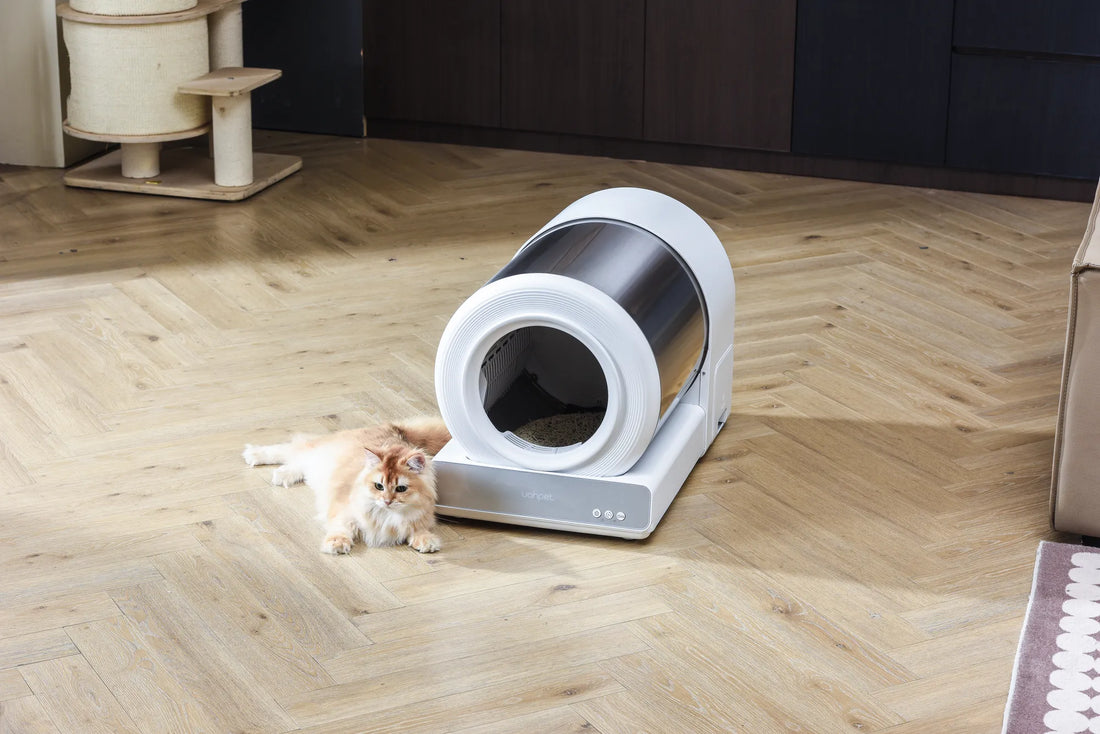Bringing a new cat into your home is an exciting experience, but it can also come with challenges, especially if your feline friend refuses to use the litter box. This behavior can be frustrating and concerning, but understanding the underlying causes is the first step toward resolving it. In this article, we’ll explore the most common reasons why your new cat might be avoiding the litter box and provide actionable tips to help you address the issue.
Stress and Anxiety
One of the most common reasons a new cat may avoid the litter box is stress or anxiety. Moving to a new environment can be overwhelming for a cat, and they may take time to adjust. Stress can manifest in various ways, including litter box avoidance. To help your cat feel more comfortable, create a quiet and safe space for them to retreat to. Provide plenty of hiding spots, soft bedding, and familiar items like toys or blankets. Gradually introduce them to the rest of the house to prevent overwhelming them.
Litter Box Preferences
Cats are creatures of habit and can be very particular about their litter box preferences. If your new cat isn’t using the litter box, it could be due to the type of litter, the size of the box, or its location. Some cats prefer unscented litter, while others may dislike certain textures. Experiment with different types of litter to see what your cat prefers. Additionally, ensure the litter box is large enough for your cat to move around comfortably and placed in a quiet, accessible location.
Medical Issues
If your new cat is avoiding the litter box, it’s essential to rule out any underlying medical issues. Urinary tract infections, kidney problems, or other health conditions can cause discomfort or pain, leading to litter box avoidance. If you notice any signs of distress, such as frequent urination, straining, or blood in the urine, consult your veterinarian immediately. Early diagnosis and treatment are crucial for your cat’s health and well-being.
Litter Box Cleanliness
Cats are naturally clean animals and may avoid a litter box that isn’t maintained properly. If the box is dirty or smells unpleasant, your cat may seek out alternative spots to relieve themselves. Make sure to scoop the litter box daily and replace the litter regularly. Cleaning the box with mild, unscented soap can also help maintain a fresh environment that your cat will find appealing.
Multiple Cats in the Household
If you have other cats in your home, your new cat’s litter box avoidance could be due to territorial issues or competition. Cats are territorial by nature, and a new cat may feel intimidated or threatened by the presence of other felines. To address this, provide multiple litter boxes in different locations throughout your home. This ensures that each cat has access to a litter box without feeling pressured or stressed by the others.
Negative Associations
Sometimes, a cat may avoid the litter box due to negative associations. If your cat had a bad experience in the litter box, such as being startled or punished while using it, they may develop an aversion to it. To rebuild your cat’s confidence, make the litter box a positive and stress-free environment. Offer treats or praise when they use the box correctly, and avoid scolding or punishing them for accidents.
Age and Training
If your new cat is a kitten, they may not yet be fully trained to use the litter box. Kittens require patience and consistent training to learn proper litter box habits. Place the litter box in an easily accessible location and gently guide your kitten to it after meals or naps. Reward them with praise or treats when they use the box correctly. Over time, they’ll develop the habit of using the litter box on their own.
Environmental Changes
Changes in your home environment can also impact your cat’s litter box behavior. Moving furniture, introducing new pets, or even rearranging the litter box can cause stress and confusion for your cat. Try to maintain a consistent environment and avoid making sudden changes. If you need to move the litter box, do so gradually, allowing your cat time to adjust to the new location.
Understanding why your new cat is not using the litter box is key to finding a solution. By addressing potential causes such as stress, litter preferences, medical issues, or environmental changes, you can help your cat feel more comfortable and confident in their new home. With patience, consistency, and a little detective work, you’ll soon have your feline friend using the litter box like a pro. Don’t let litter box troubles overshadow the joy of welcoming a new cat into your life—take action today and create a happy, stress-free environment for your furry companion.

![[🎃Halloween Sale]UAHPET Stainless Steel Self-Cleaning Cat Litter Box](http://www.uahpet.com/cdn/shop/files/1-cat-litter-box.jpg?v=1761890851&width=1600)












